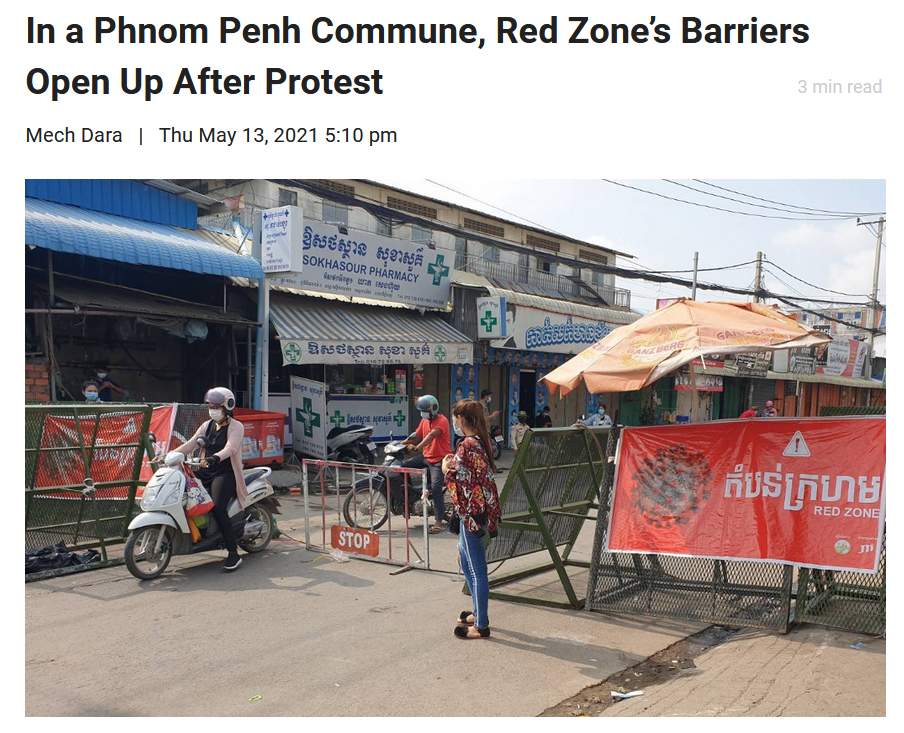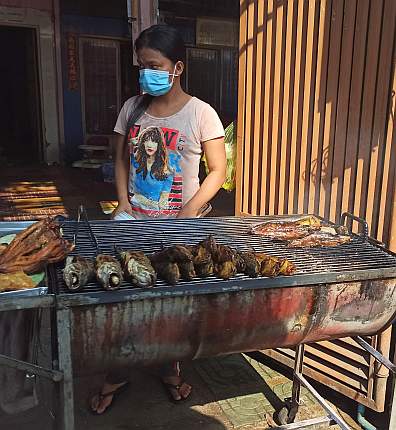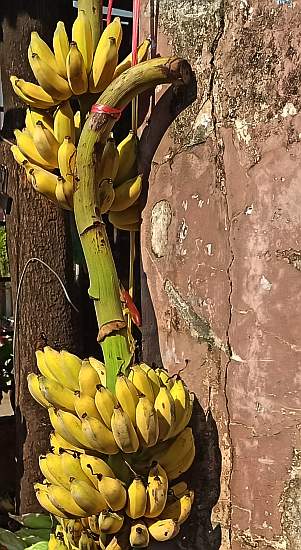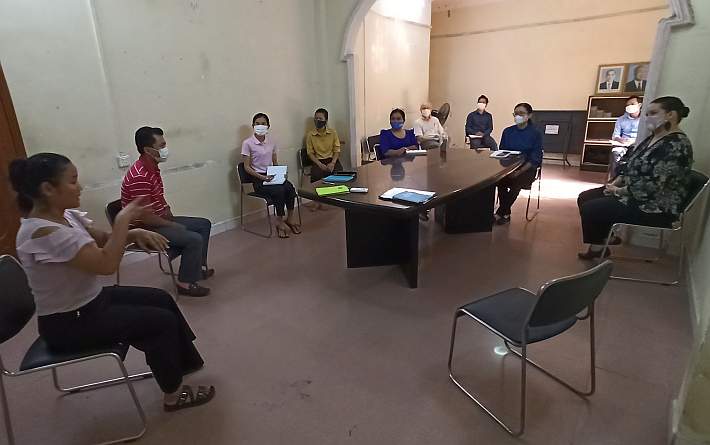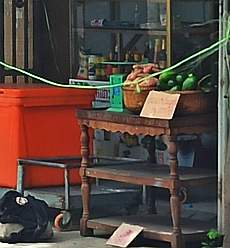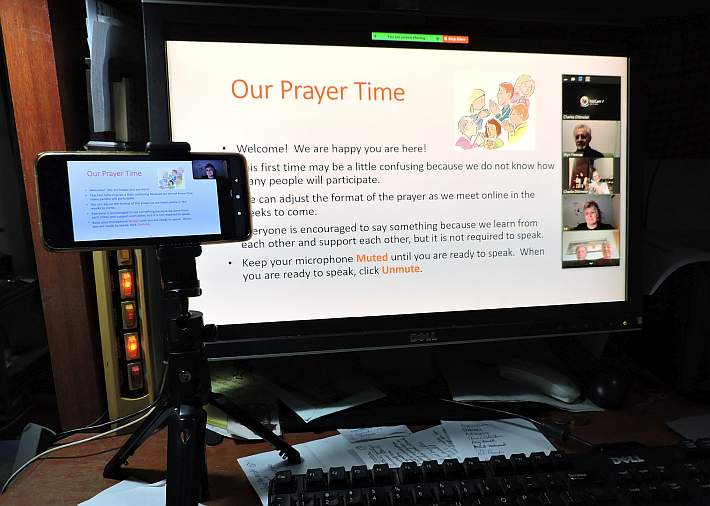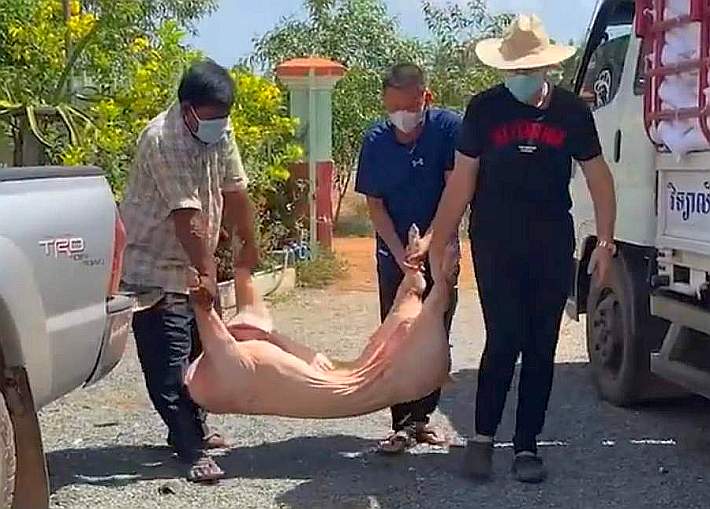
The Khmer Times is a pro-government newspaper so it was rather surprising to find this editorial rather strongly criticizing the government’s handling of the restrictions caused by Covid-19. Click here to read the editorial. Notice, though, that the writer was careful to applaud the prime minister while speaking ill of his “minions.” The writer’s harsh comments are very valid.

And here is the prime minister himself saying the police have done a good job.

